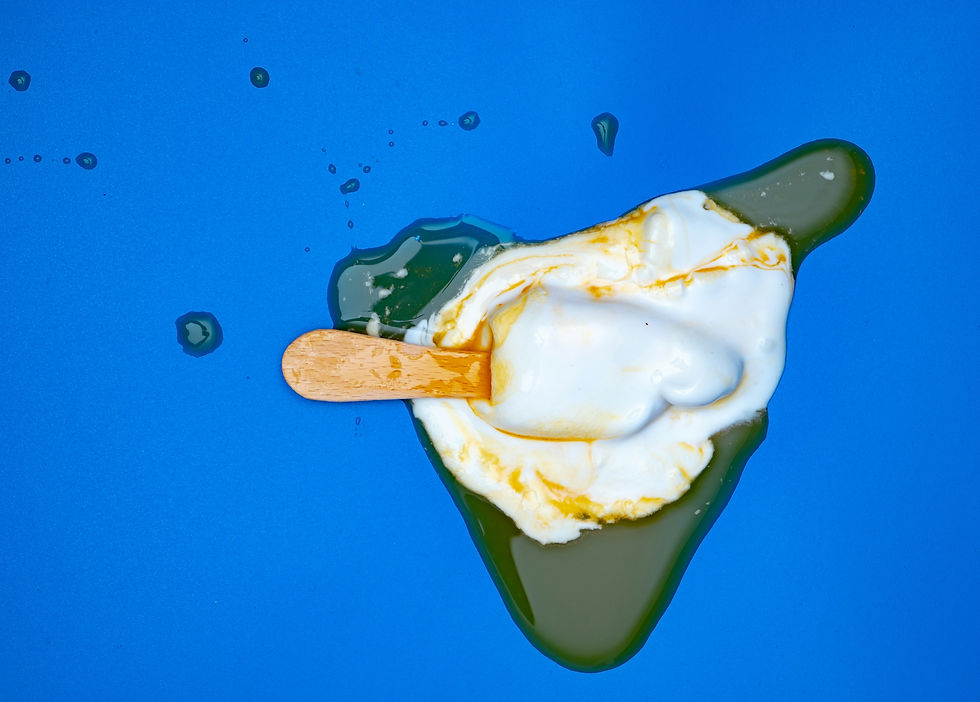Art Therapy & The Power of Creativity
- Michelle Miranda

- Sep 3, 2021
- 3 min read
Updated: May 24, 2023

Maintaining our mental health is similar to taking care of our physical health; it requires work, practice, and at times help from professionals. However, just as it can be hard to express how we are feeling to a doctor, it can also be challenging to express how we are feeling mentally to a therapist.
So you may be thinking “But how am I supposed to express how I feel when words are simply not enough?”. And to answer that question I would like to introduce you to the power of creativity used in art therapy.
Art therapy is one of many modalities, or ways to practice therapy, that uses art as a way to help individuals explore and express their thoughts, feelings, and emotions within a therapeutic context. This form of expressive therapy is particularly useful when words are difficult to find, difficult to say, or simply limit how we are truly feeling. However, this does not mean we just sit and make art. Art therapists are trained in, and use a combination of, traditional talk psychotherapy along with the non-verbal process of creative art-making to further explore client’s thoughts and feelings.
Now for many of us as children, art was one of the first ways we were able to express ourselves and communicate. It is a universal language that has the potential to help us heal and process our experiences and mental health challenges. So you might be thinking, “Oh so this is only for kids,” but this is not the case. Art therapy can be used for all ages! We are all born creative beings and I have personally seen the impact creative expression has had on kids as young as 4 to clients who are 100 years old.
Another question I often get is, “so does this mean I have to be good at art to access art therapy?”. And I am here to tell you, not at all! The focus of art therapy is to explore the creative process and to express ourselves in a less direct way, which will ultimately aid in the healing journey. Art therapy uses a wide array of materials from pencils to brushes, and clay to found objects. There are endless possibilities to express yourself through art, and it is a form of therapy that can help anyone.
Now I’d like to ask you, have you ever found that listening to music, writing a poem, dancing around the house, or doing an activity like drawing relaxes you during stressful times? If you answered yes, this is because it is very therapeutic. Being creative helps us to not only regulate our emotions, but it also helps to soothe and express ourselves. When creating with a professional art therapist, they are able to help interpret the symbols, feelings, and metaphors that are expressed in an image. Together through the creative process and exploration, art therapists are able to help work through and resolve challenges and problems individuals are facing. The overall goal of art therapy is to use creative processes to help individuals increase awareness of one’s self and others, to cope with challenging symptoms and stresses, to process traumatic experiences, and enhance one’s quality of life.
Besides helping individuals process their emotions, art therapy is beneficial in many other ways. It can:
Promote self-expression of feelings and emotions
Help to facilitate positive perspectives
Help to promote a sense of self, resiliency, and self-sufficiency
Help individuals work through challenging experiences
Promote healthy coping strategies
Help facilitate and develop strategies for hand-eye coordination, as well as fine and gross motor skills
Help facilitate insight and acceptance of others’ life challenges
Help explore, manage, and provide insight into traumatic experiences
Increase one’s attention-span, while decreasing challenging emotions or frustrations
I hope I have sparked some curiosity, and maybe some inspiration. With that, I would like to remind you that we are all creative beings and I invite you to explore the power of creativity, whatever that means to you!
Thanks for reading,
Michelle





Comments